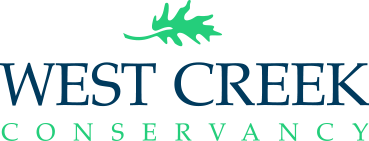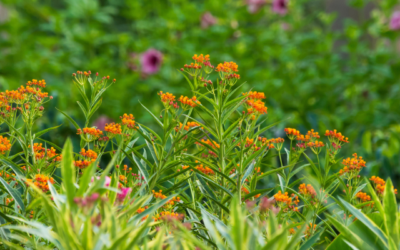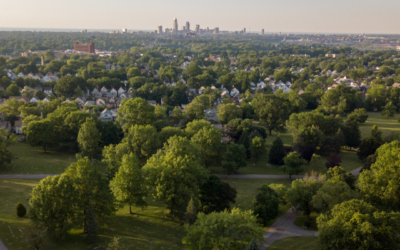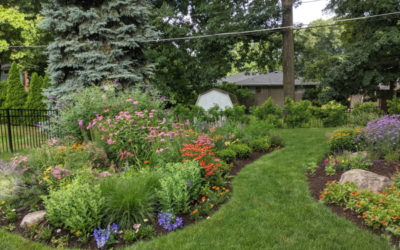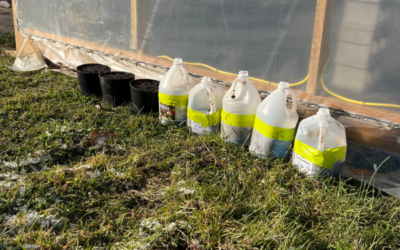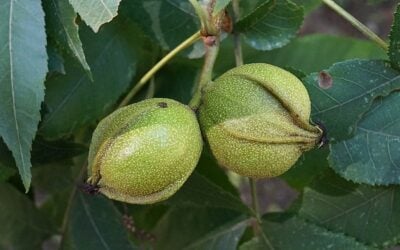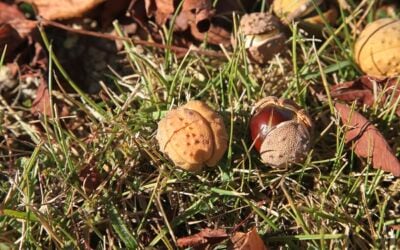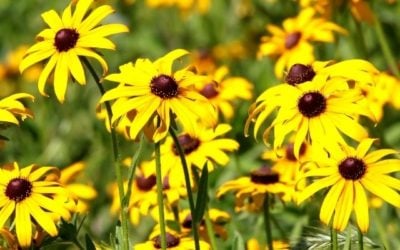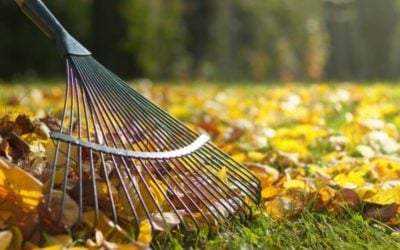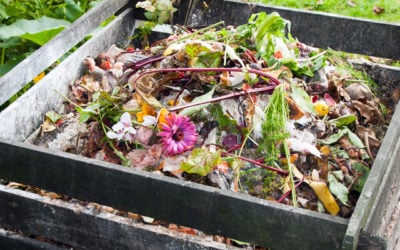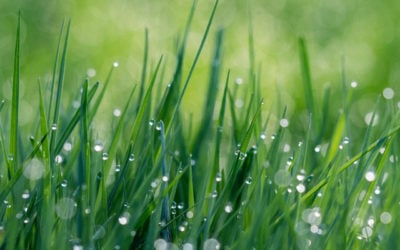Green Yards and Healthy Homes
A guide to Sustainable Habitats in Northeast Ohio
How To Fight Stream Pollution Through Effective Stormwater Management
In this guide, we’ll explore and address how pollutant loading in streams is crucial for the well-being of both watersheds and communities.
Roots of Sustainability: Understanding the Importance of Trees in Urban Living
A healthy urban tree canopy has a profound and positive impact on community quality of life in various ways. Recognizing the value of urban trees and investing in their preservation can contribute to sustainable, resilient, and vibrant urban living.
Shrink Your Lawn: A Guide to Growing More Native Plants
In this guide, we’ll explore the importance of reducing your lawn’s size and explain the many benefits it brings, both for your wallet and the environment.
Cold-Weather Cultivation: 8 Steps to Winter Sowing and Seed Stratification
It is important to determine when native seedlings are ready for harvest. Not sure how to? Check out our guide to harvesting native seedlings.
How to Know When Native Seedlings are Ready to be Harvested
It is important to determine when native seedlings are ready for harvest. Not sure how to? Check out our guide to harvesting native seedlings.
Harvesting Guide for Native Seedlings and Plants
Stearns Native Nursery is always in need of native trees and seedlings. To get your native plants to the Stearns Nursery, follow this harvesting guide.
How to Add Native Plants to Your Garden
Many of us have chosen to cultivate species and landscapes that are not naturally-occurring in our region. It’s wasteful, expensive and detrimental to wildlife who encounter reduced availability of the native species upon which they feed.
Wildlife-Friendly Fall Yard Cleanup
Before any landscape program begins, assess the current conditions of your home landscape. This assessment will help you to identify and prioritize future projects and allow you to appreciate all the positive changes you’ve made.
Composting 101
Before any landscape program begins, assess the current conditions of your home landscape. This assessment will help you to identify and prioritize future projects and allow you to appreciate all the positive changes you’ve made.
Turf Grass Care
Before any landscape program begins, assess the current conditions of your home landscape. This assessment will help you to identify and prioritize future projects and allow you to appreciate all the positive changes you’ve made.
NEORSD Stormwater Fee Finder
Some people say rain, other say rainwater. We say stormwater, and it’s more than just rain.
Stormwater is any rainwater or melting snow or ice that flows over the surface of the land to the nearest sewers, lake, or stream. Hard surfaces like driveways, roofs, parking lots, and even some lawns pose two stormwater problems: Pollution – like litter, debris, oils, etc. which the stormwater carries to its destination untreated – and increased flow when the water flows quickly and in larger volumes. That combination can increase flooding and erosion, the washing away of streambank soils.
Click here to visit the NEORSD Stormwater Fee Finder
NEORSD Stormwater Fee Credits
Sewer District customers can receive a reduction in their stormwater fee through credits.
For more information about the program or to view the online application, visit: and Regional Stormwater Management Program.
What is a Watershed?
How water flows across a region’s surface affects many aspects of the landscape.
A watershed is the area of land that drains into a body of water. The largest watershed in Northeast Ohio is Lake Erie.
Protecting the Lake Erie watershed and the more than two dozen smaller watersheds that drain into the lake is important to the environment, public health, and the economic well-being of Greater Cleveland. When stormwater runoff is not managed properly, the result is flooded streets and properties, land erosion, and overrun sewers. All of these occurrences deposit pollutants into area streams and rivers, and the lake.
About Project Clean Lake
Project Clean Lake is a 25-year program that will reduce pollution in Lake Erie by 4 billion gallons per year. A combination of large tunnels, treatment plant improvements and expansion, and green infrastructure is reducing the volume of combined sewer overflow discharging to our Great Lake.
Click here to learn more about Project Clean Lake.
2021 Urban Forestry Master Plan
The Mill Creek Watershed Partnership is a collaborative effort of the communities inclusive of Beachwood, Cleveland, Garfield Heights, Maple Heights, Shaker Heights, and Warrensville Heights, as well as the Villages of Cuyahoga Heights, Highland Hills, North Randall, and Valley View. This partnership was formed to help best steward the natural resources in this watershed with the understanding that it is a heavily developed area in the Cuyahoga River Watershed.
Click here to view the Master Plan.
The Cuyahoga River: An Ohio Water Trail
The Cuyahoga River is a symbol of efforts to clean up America’s waterways. Famous for catching fire, the Cuyahoga is now sparking excitement. Wildlife and people are returning. The proposed Cuyahoga River Water Trail will take advantage of new opportunities and be a lasting legacy.
Click here to learn more about this project.
Sources: Northeast Ohio Regional Sewer District, Cleveland Metroparks, The Cuyahoga Soil & Water Conservation District
